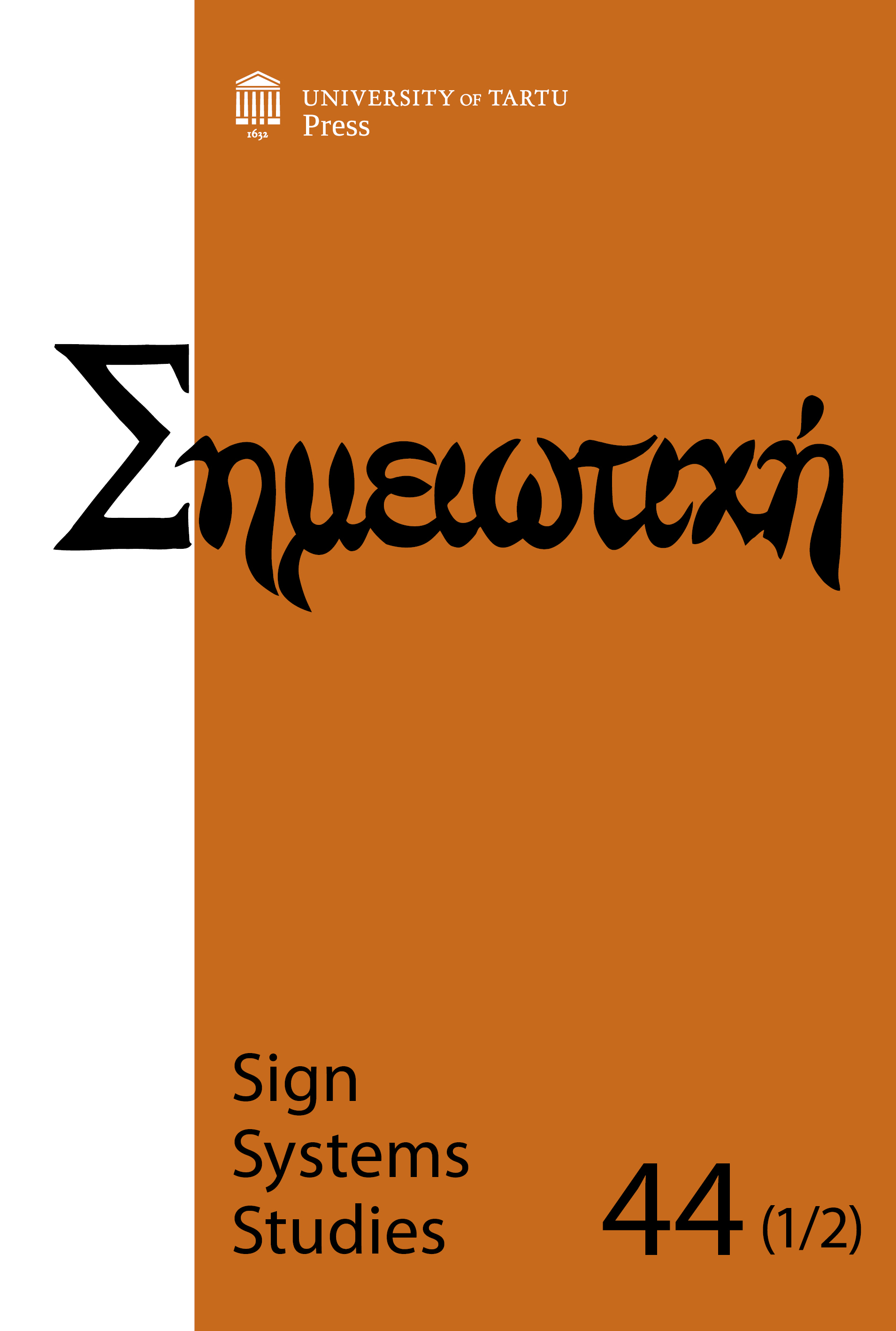Documentary and ecosemiotics: Frames and faces in the work of Johan van der Keuken
DOI:
https://doi.org/10.12697/SSS.2016.44.1-2.11Keywords:
ecosemiotics, semiotic animal, umwelt theory, documentary, immersion, van der KeukenAbstract
This article argues that the work of the late Johan van der Keuken offers a contribution to ecological semiotics, and that it also defines the relationship between the semiotic animal and nature in ways that avoid glottocentricism. Taking from the recent work of Kalevi Kull, Jesper Hoffmeyer, and John Deely amongst others, I will argue that van der Keuken’s documentaries offer a view of ecology that is broader than a study of bio-physical processes that might reduce ecology to a narrow political issue.
In order to support this argument, I will be looking at two contrasting films from van der Keuken – Flat Jungle (1978) and Face Value (1991). The first film examines natural habitats within a confined coastal area in Western Europe, while the second film looks at human beings in the different urban environments of late-20th-century Europe. I will then argue that van der Keuken does not collapse the vital distinctions between umwelt and Lebenswelt, yet his films also succeed at reminding us of their constant interdependence.


